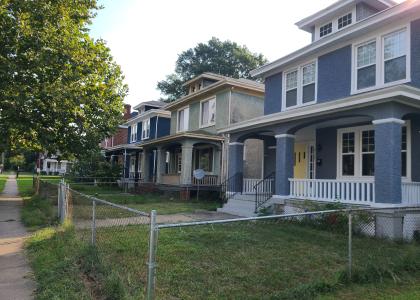Energy efficiency is a powerful tool for lowering the disproportionate energy costs faced by low-income customers. Unfortunately, lack of capital, lack of credit, and aging housing stock that may need health and safety improvements often prevent these consumers from taking advantage of low-income energy efficiency programs. This report delves into programs that have overcome these barriers to achieve high participation and deliver deep savings. We explore the key features that make these offerings successful, including leveraging of diverse funding sources, targeted program offerings, statewide coordination and partnerships, and a focus on quality control.






